Rising Energy Costs
The escalating costs of energy are a primary driver for the Residential Air To Air Heat Pump Market. As consumers seek to mitigate their energy expenses, the demand for energy-efficient heating solutions has surged. Heat pumps, which utilize ambient air for heating and cooling, offer a cost-effective alternative to traditional heating systems. According to recent data, the adoption of heat pumps can lead to energy savings of up to 50% compared to conventional systems. This financial incentive is likely to propel the market forward, as homeowners increasingly prioritize long-term savings over initial investment costs.
Environmental Regulations
Increasingly stringent environmental regulations are shaping the Residential Air To Air Heat Pump Market. Governments worldwide are implementing policies aimed at reducing carbon emissions and promoting sustainable energy solutions. Heat pumps, which are recognized for their lower environmental impact compared to fossil fuel-based heating systems, are becoming a preferred choice for eco-conscious consumers. The regulatory landscape is expected to evolve, with more regions adopting mandates that favor the use of heat pumps. This shift not only supports environmental goals but also positions heat pumps as a viable alternative in the residential heating market.
Technological Advancements
Technological innovations in heat pump design and functionality are driving the Residential Air To Air Heat Pump Market. Recent advancements have led to the development of more efficient and compact systems that can operate effectively in a variety of climates. Enhanced features, such as variable speed compressors and smart thermostats, improve performance and user experience. The introduction of these technologies not only increases the appeal of heat pumps but also addresses consumer concerns regarding reliability and efficiency. As manufacturers continue to innovate, the market is likely to see a rise in adoption rates among homeowners seeking modern heating solutions.
Government Incentives and Rebates
Government initiatives aimed at promoting energy efficiency are significantly influencing the Residential Air To Air Heat Pump Market. Various regions have introduced financial incentives, such as tax credits and rebates, to encourage the installation of heat pumps. These programs not only lower the upfront costs for consumers but also align with broader environmental goals. For instance, in certain areas, homeowners can receive rebates that cover a substantial portion of the installation costs, making heat pumps more accessible. This trend is expected to continue, further stimulating market growth as more consumers take advantage of these financial benefits.
Consumer Preference for Renewable Energy Solutions
There is a noticeable shift in consumer preferences towards renewable energy solutions, which is positively impacting the Residential Air To Air Heat Pump Market. As awareness of climate change and sustainability grows, homeowners are increasingly seeking heating options that utilize renewable resources. Air to air heat pumps, which draw energy from the environment, align with this trend by offering a sustainable heating solution. Market data indicates that a significant portion of consumers is willing to invest in renewable technologies, suggesting a robust future for heat pumps as they become synonymous with eco-friendly living.


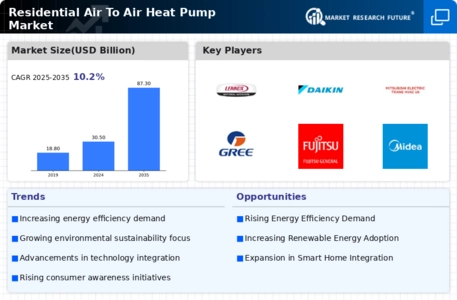
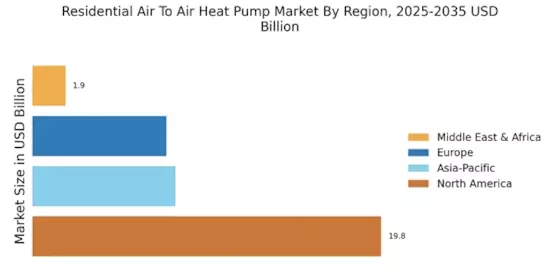
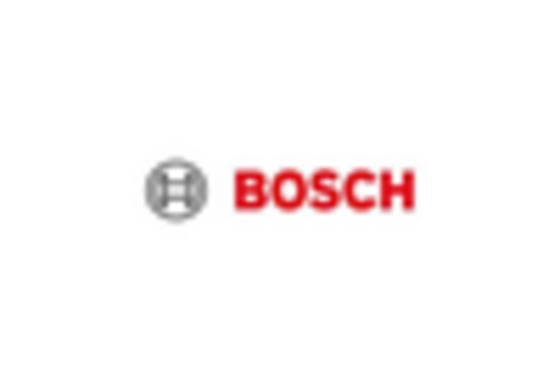
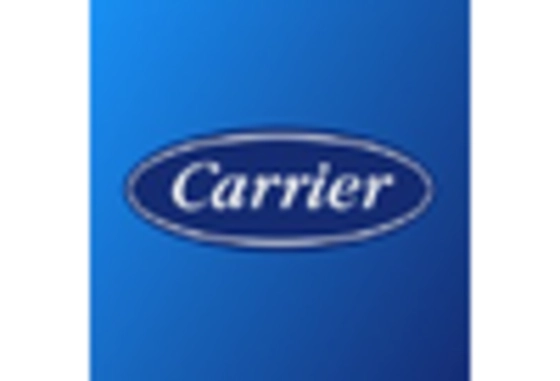



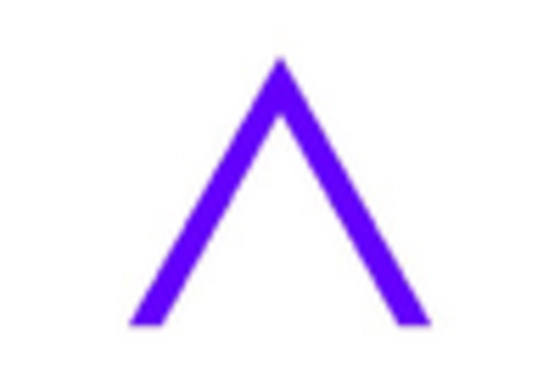








Leave a Comment